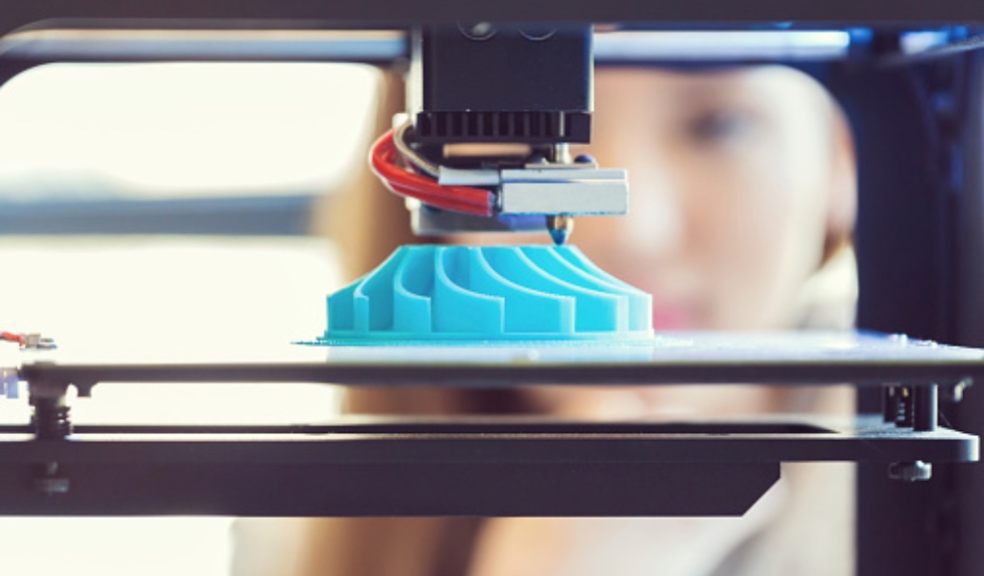
Immensa Empowers the Energy Sector With Additive Manufacturing
According to Mike Ming, a former Baker Hughes VP, and Oklahoma energy secretary, today's energy sector must cope with profound transformation. The emergence of alternative energy sources, economic storms, and a focus on increasing clean, sustainable power forced all energy companies to reevaluate their processes, operations, and supply sources.
Mr. Ming compared the current period of disruption in energy to the transformation the industry experienced when Americans began exchanging horsedrawn wagons for gas-fueled cars. Industry disruption offers intense challenges. On the positive side, periods of change also tend to give birth to better solutions.
For instance, additive manufacturing has also emerged as a transformative force in the energy industry because of its ability to speed production, reduce costs, and enhance agility. To help customers cope with disruption and meet transformative goals, Immensa serves energy companies by offering access to an unmatched group of additive manufacturing technicians, engineers, and facilities.
Benefits of Additive Manufacturing Solutions for the Energy Sector
To remain agile while cutting costs and delivering clean power, energy companies have turned to additive manufacturing solutions. Sometimes called 3D printing, additive manufacturing describes various methods that rely on digital files to build parts by adding layers of materials. These digital blueprints allow companies to source production to facilities in multiple locations. Today's advancements in additive manufacturing can use metal, plastics, composites, and even biological materials to develop various parts on demand.
Combining today's technology with Immensa's expertise and access to facilities can offer multiple benefits. For instance, a digital inventory of spare parts can replace physical storage. Companies can order these parts printed from nearby facilities, improving logistics by reducing order time and expense. Additive manufacturing can also speed up lead times to prototype, test, and develop new parts, cutting costs and speeding up timelines for production.
The energy industry has also invested in research to learn how additive manufacturing can benefit their production process. Energy Digital offered examples of the progress these researchers have made:
- Studies have demonstrated that incorporating additive manufacturing into solar cell manufacturing could cut production costs by as much as 50 percent while improving efficiency by 20 percent.
- Similarly, 3D printing allows wind turbine manufacturers to produce parts close to the sites of wind farms, which speeds up the process of installing, repairing, and maintaining turbines and reduces shipping costs.
At first glance, traditional manufacturing may sometimes seem cheaper for mass production. At the same time, additive manufacturing lets businesses become their supplier. Thus, energy businesses should consider all the costs, including reliance on long-distance suppliers and transportation, storage expenses, and timeliness of deliveries.
Immensa: An Additive Manufacturing Partner for the Energy Sector
Immensa clients save money, reduce storage needs, and gain critical agility to respond rapidly to changing markets. The company’s solutions take physical parts and digitize them for storage in virtual warehouses. Customers can produce these parts at on-site printers or use nearby additive manufacturing facilities.













